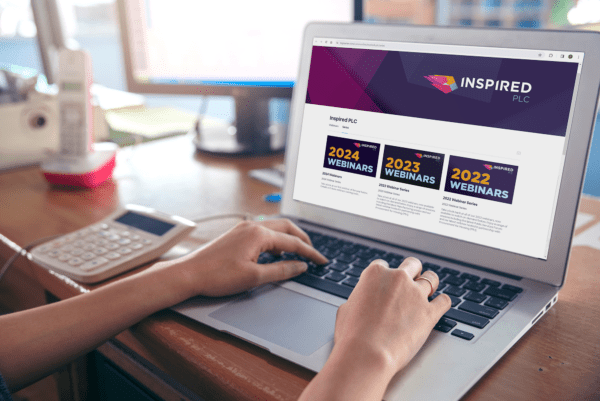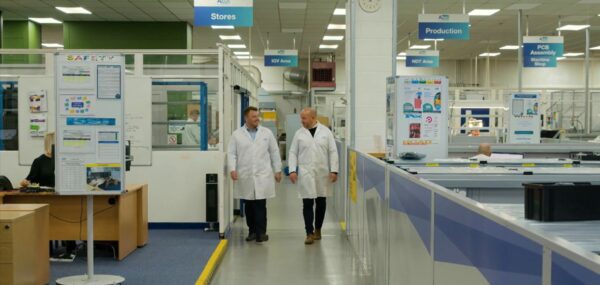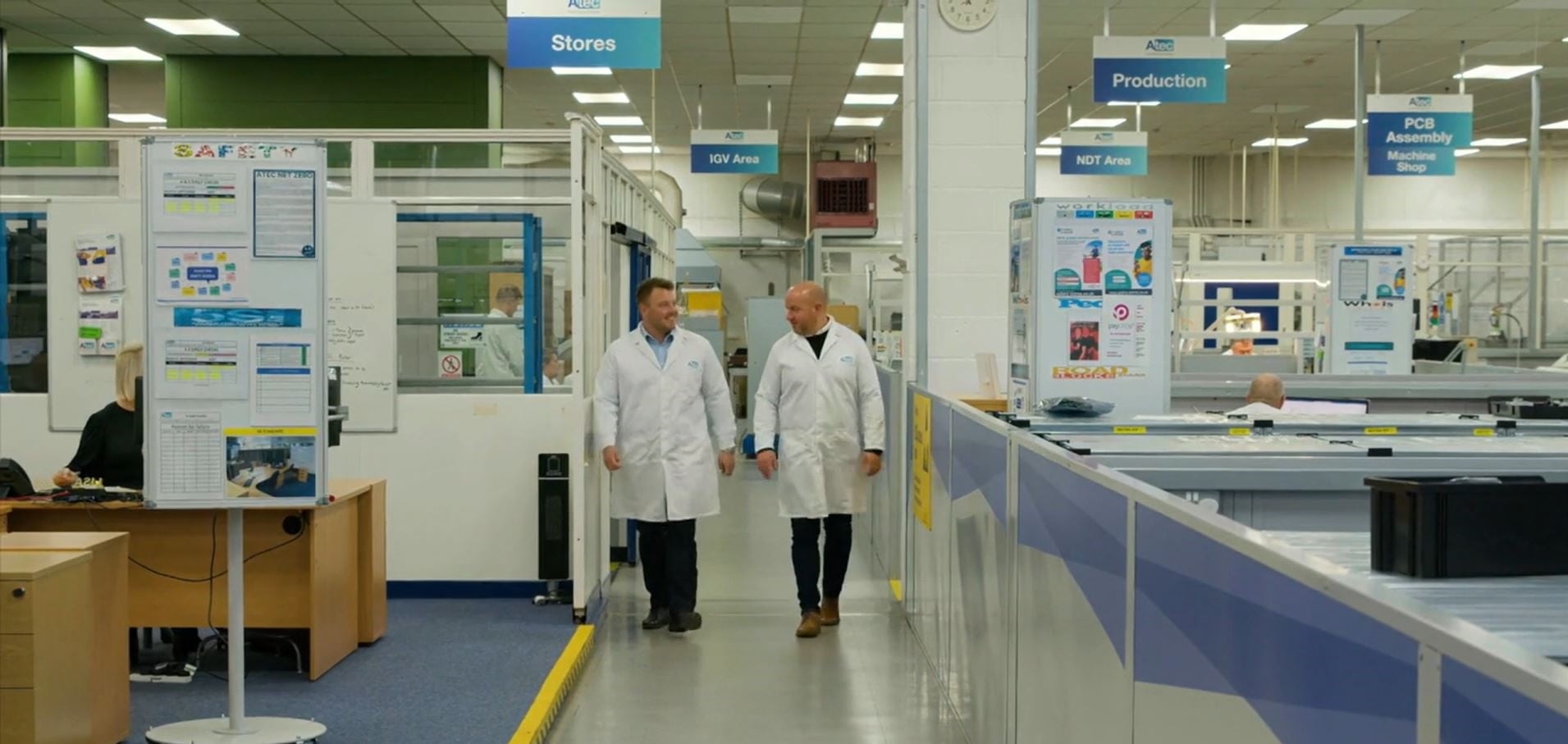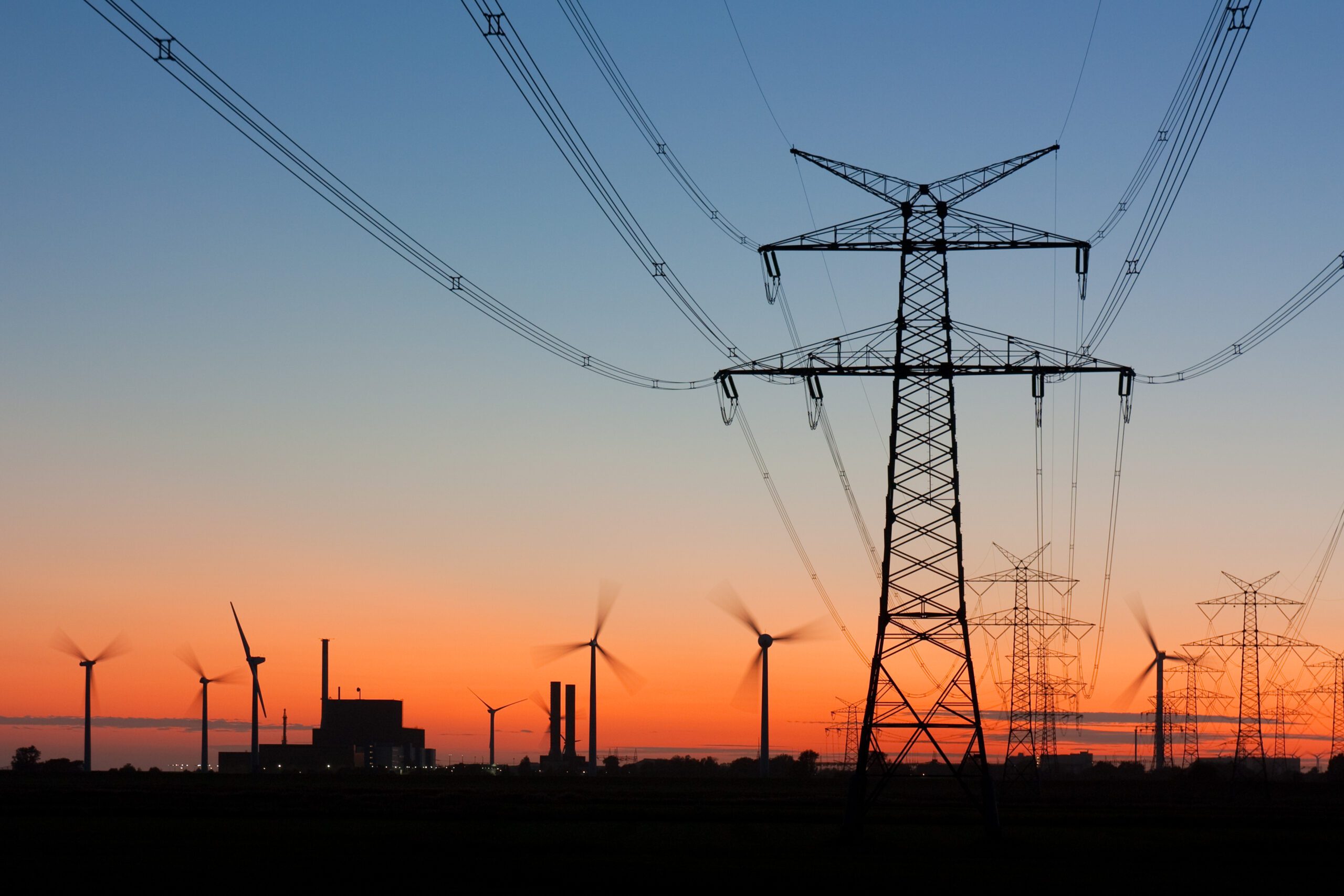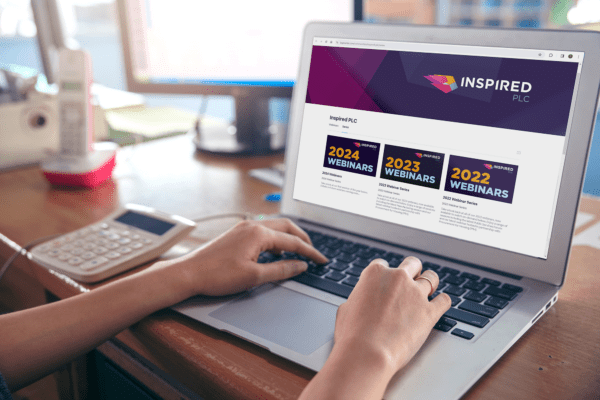
As part of our recent ‘Sustainability in the C-Suite’ report, we asked 80 financial directors to tell us about their business’ approach to sustainability. While we found differing levels of commitment, our report revealed that most organisations are making efforts to reduce carbon emissions.
Plan to make an impact
Despite most respondents stating that they were trying to cut emissions, less than half (49%) have a corporate sustainability plan in place that they are actively working towards. Around 16% said they have a plan in place that they are yet to implement, and over a third (34%) of businesses have no sustainability plan at all.
Data – the measure of success
When asked about how they measure the success of carbon reduction methods, almost half (43%) say they can accurately measure their energy consumption throughout their organisation. Almost 38% of FDs said that they aren’t able to precisely measure their usage and almost 20% said they weren’t sure whether they can or not.
We’ve found that the availability of data is a common stumbling block for businesses wanting to reduce their carbon impact. While your organisation may have ambitious targets in place, without a solid understanding of current consumption, it’s almost impossible to determine the effectiveness of your actions.
Scope 3 emissions
Among those who have a carbon reduction plan in place, our report found that 55% are focusing on Scope 1 & 2 emissions. Slightly fewer companies are including Scope 3 emissions in their carbon reduction plans, with 47% measuring the emissions created from sources they don’t directly control.
The term Scope 3 relates to indirect emissions and covers both upstream and downstream activities. Upstream activities include purchased goods and services and business travel by means not owned or controlled by an organisation, while an example of a downstream activity is the end-of-life treatment of sold products.
While measuring Scope 1 and 2 may be straightforward for many organisations, especially if they are required to comply with SECR, getting to grips with Scope 3 may prove to be a little trickier. However, Scope 3 emissions can make up a significant proportion of a company’s overall emissions (upwards of 90% for some companies), so companies who are serious about sustainability will need to include these if they want to give an accurate picture of their carbon footprint.
Getting invested
It’s widely understood that investment is needed across all sectors if we’re to reach net-zero. Most of the businesses we questioned were planning to invest more in energy efficiency during 2020, although the ongoing effects of the pandemic have undoubtedly halted plans for some – one respondent told us that “COVID-19 is going to place huge restrictions on discretionary investments.”
When discussing barriers to investment, 53% of FDs said that there are too many competing priorities for capital investment, and that this is only likely to increase due to the impact of COVID-19. Others (40%) shared that it is difficult to demonstrate a tangible return on investment, and 31% said that they were unsure of the best technologies and measures to invest in.
Sustainability success
Understandably the challenges of 2020 have meant that businesses have been left to juggle competing priorities. However, the climate crisis remains a priority for government, and business leaders must remain committed to driving down emissions and putting in place their own rigorous sustainability programmes. For information on how to develop your roadmap to sustainability success, download the ‘Sustainability in the C-Suite’ report here.

